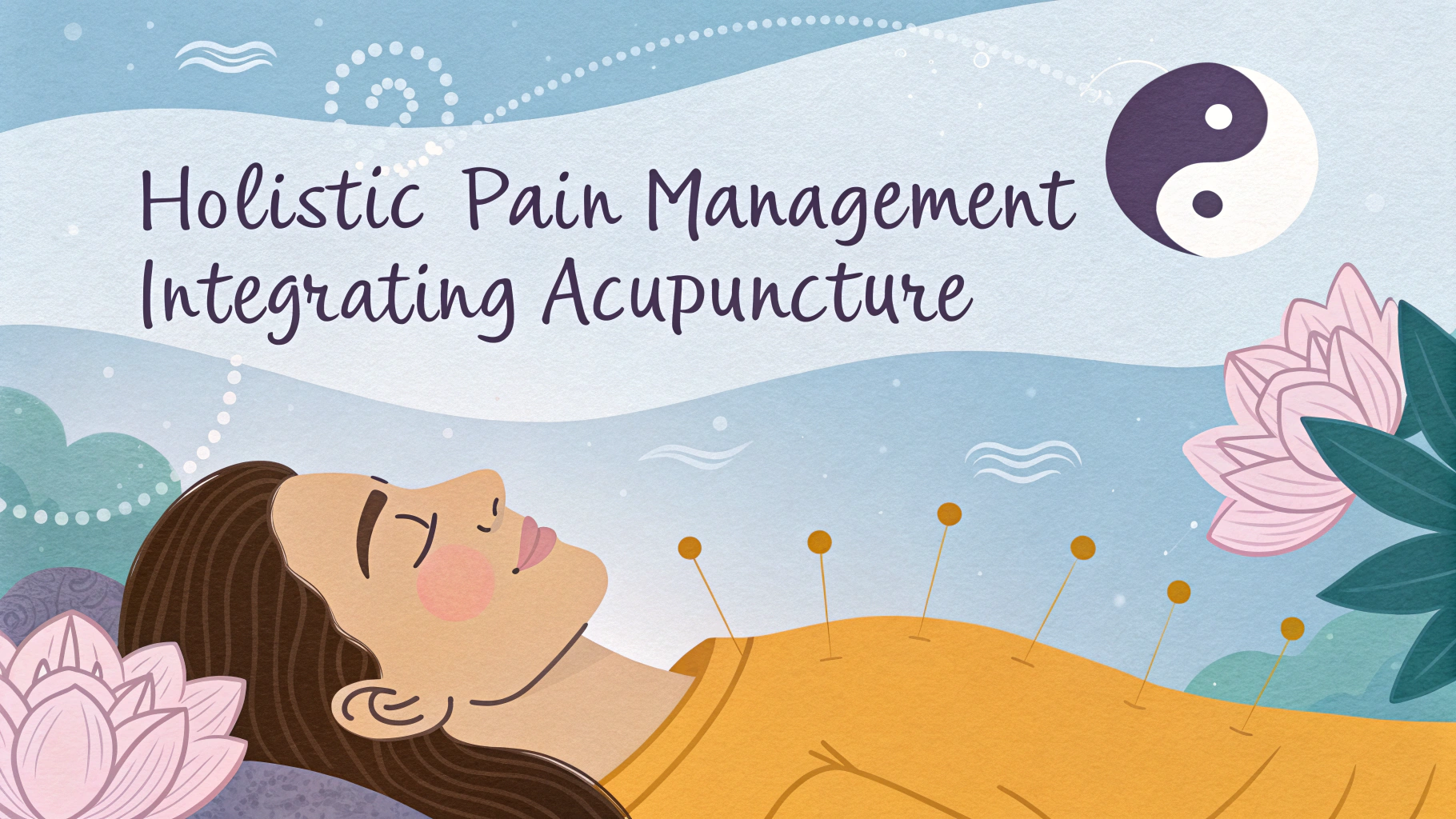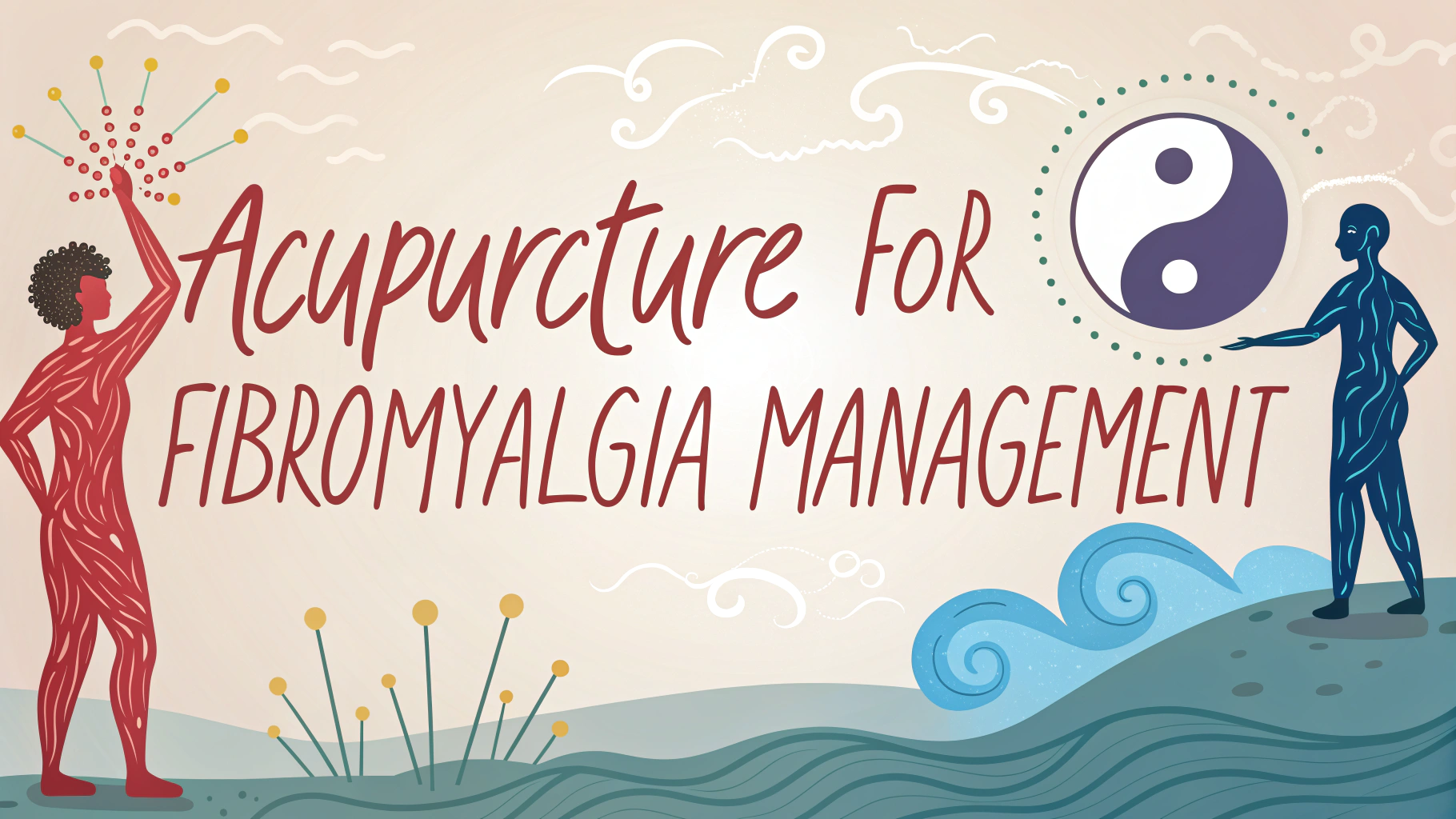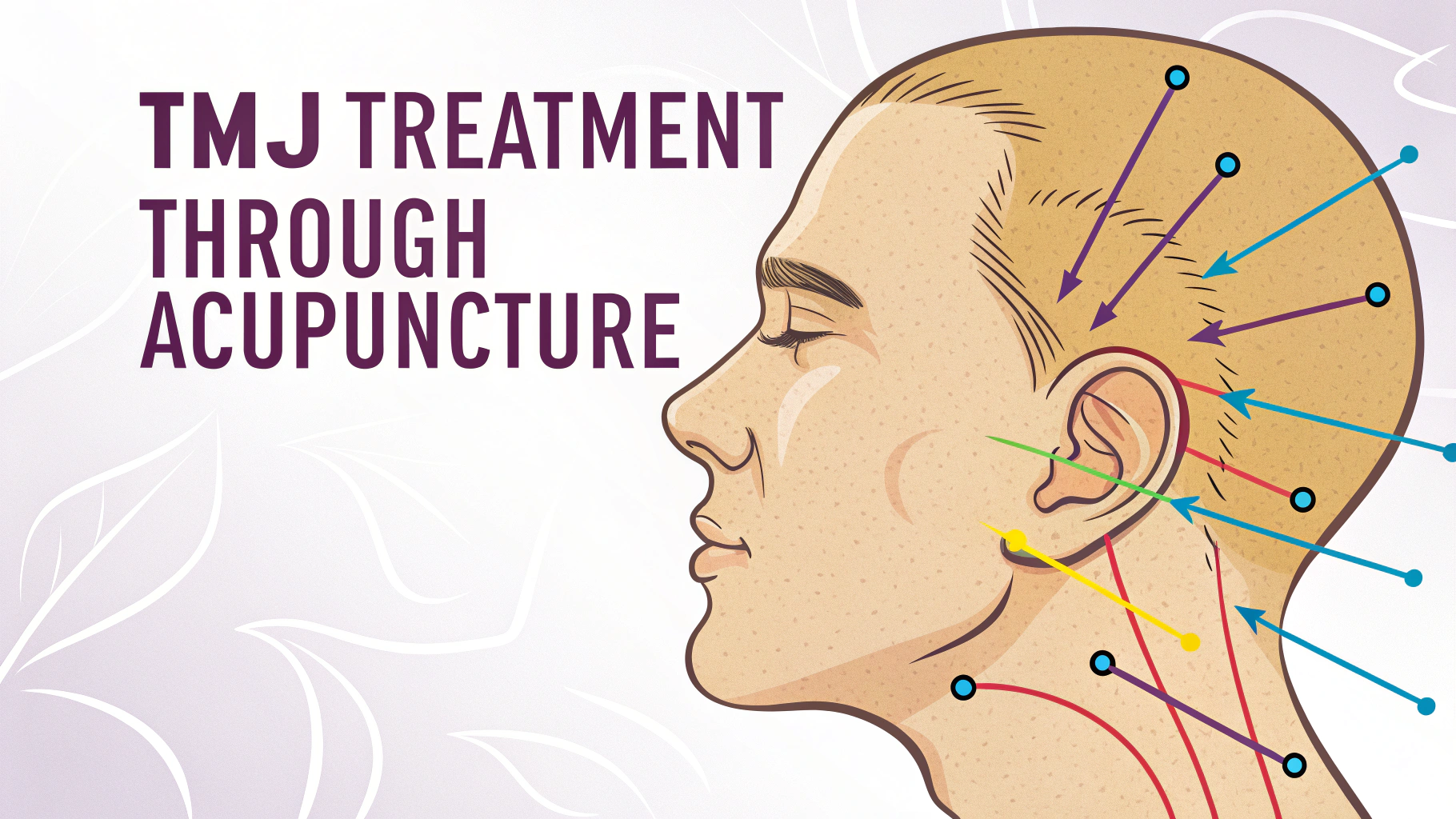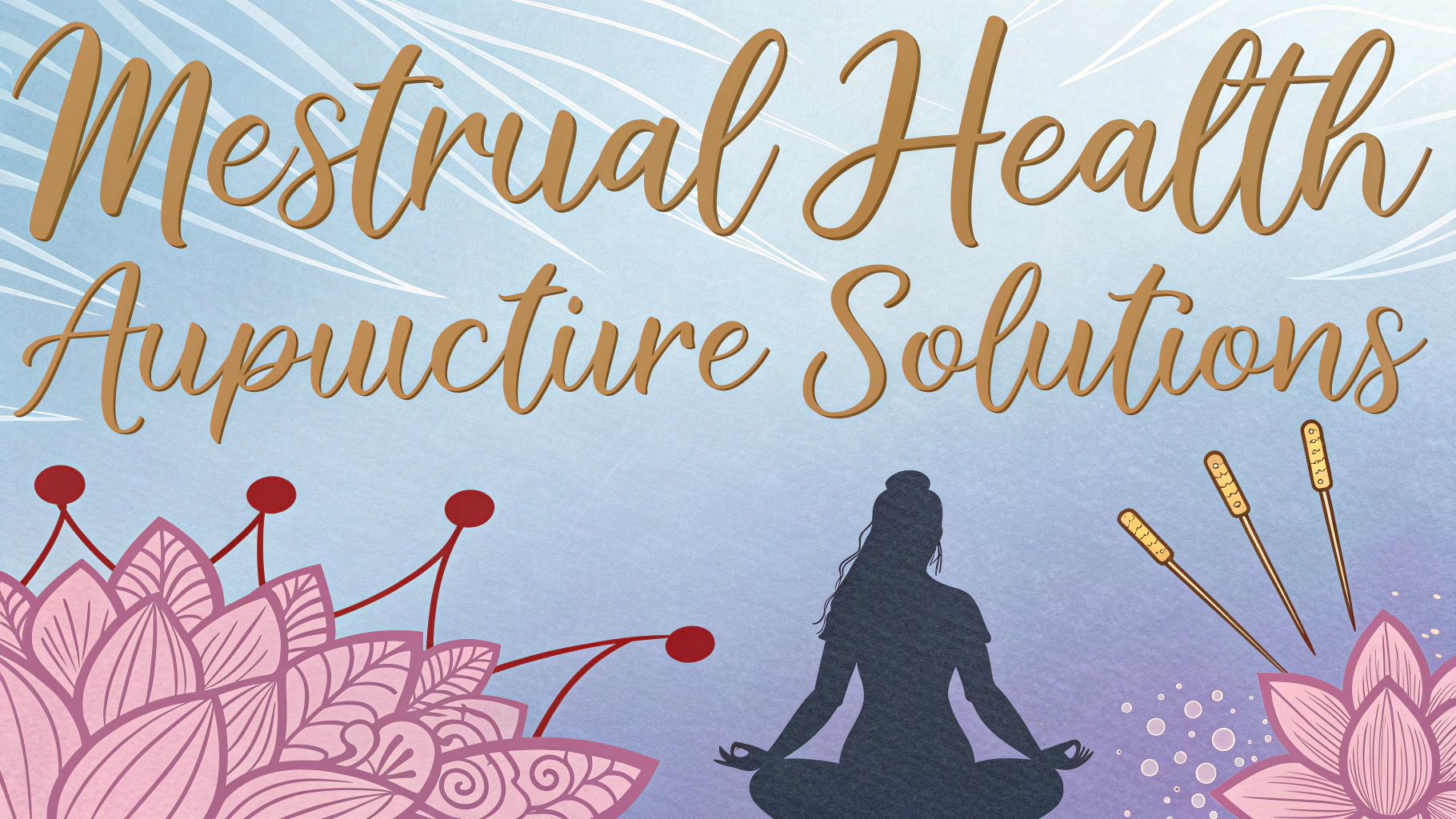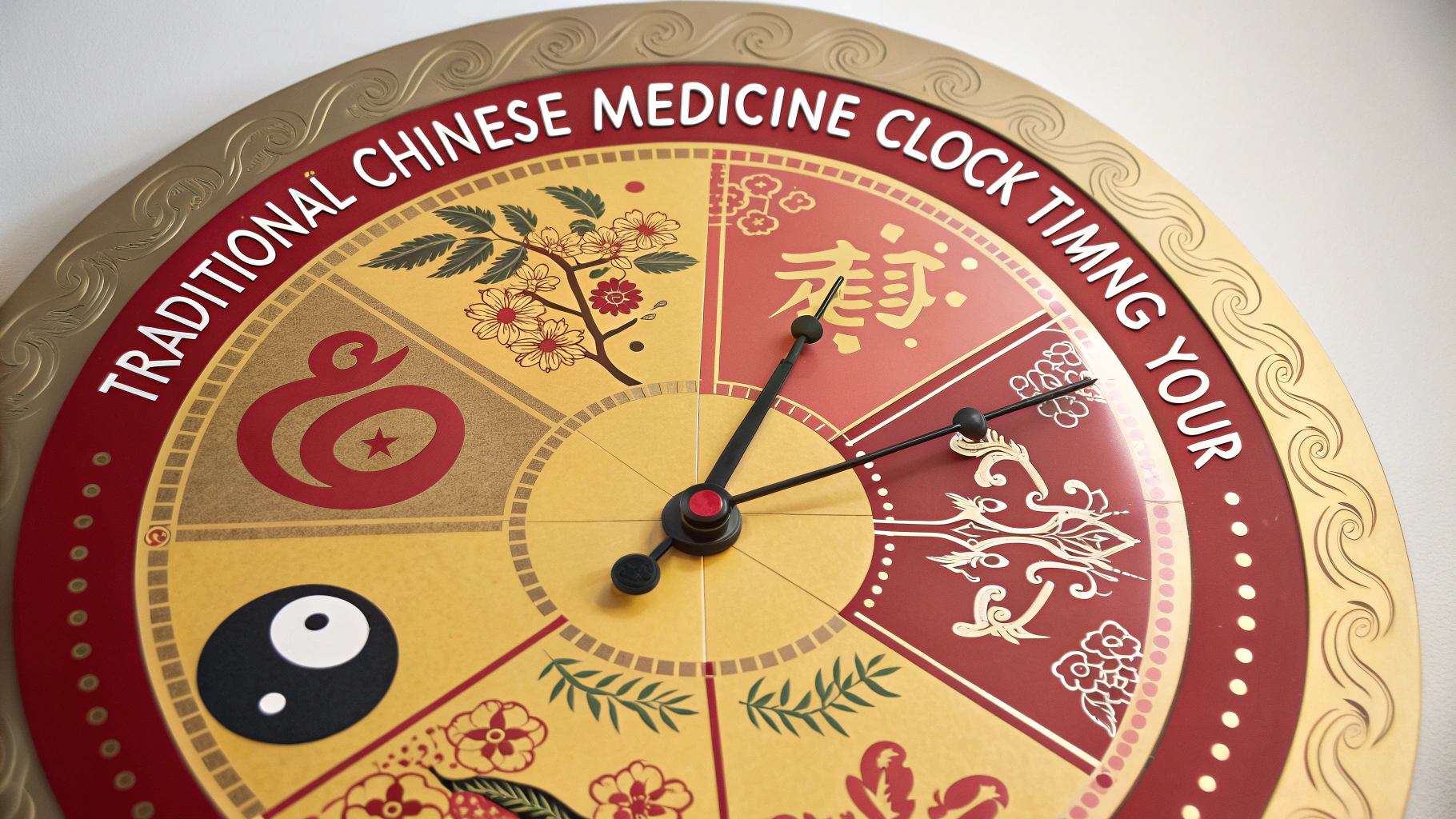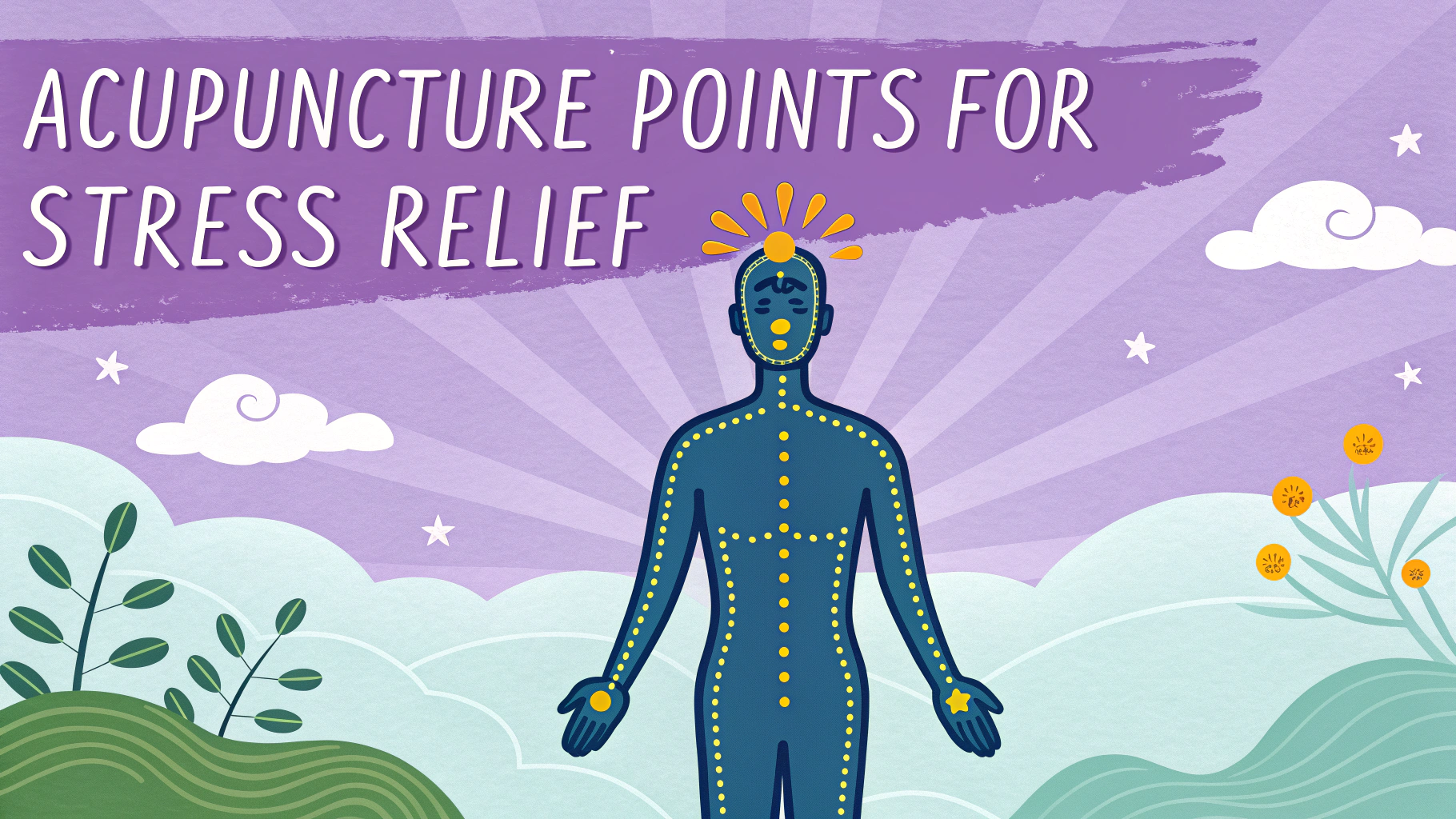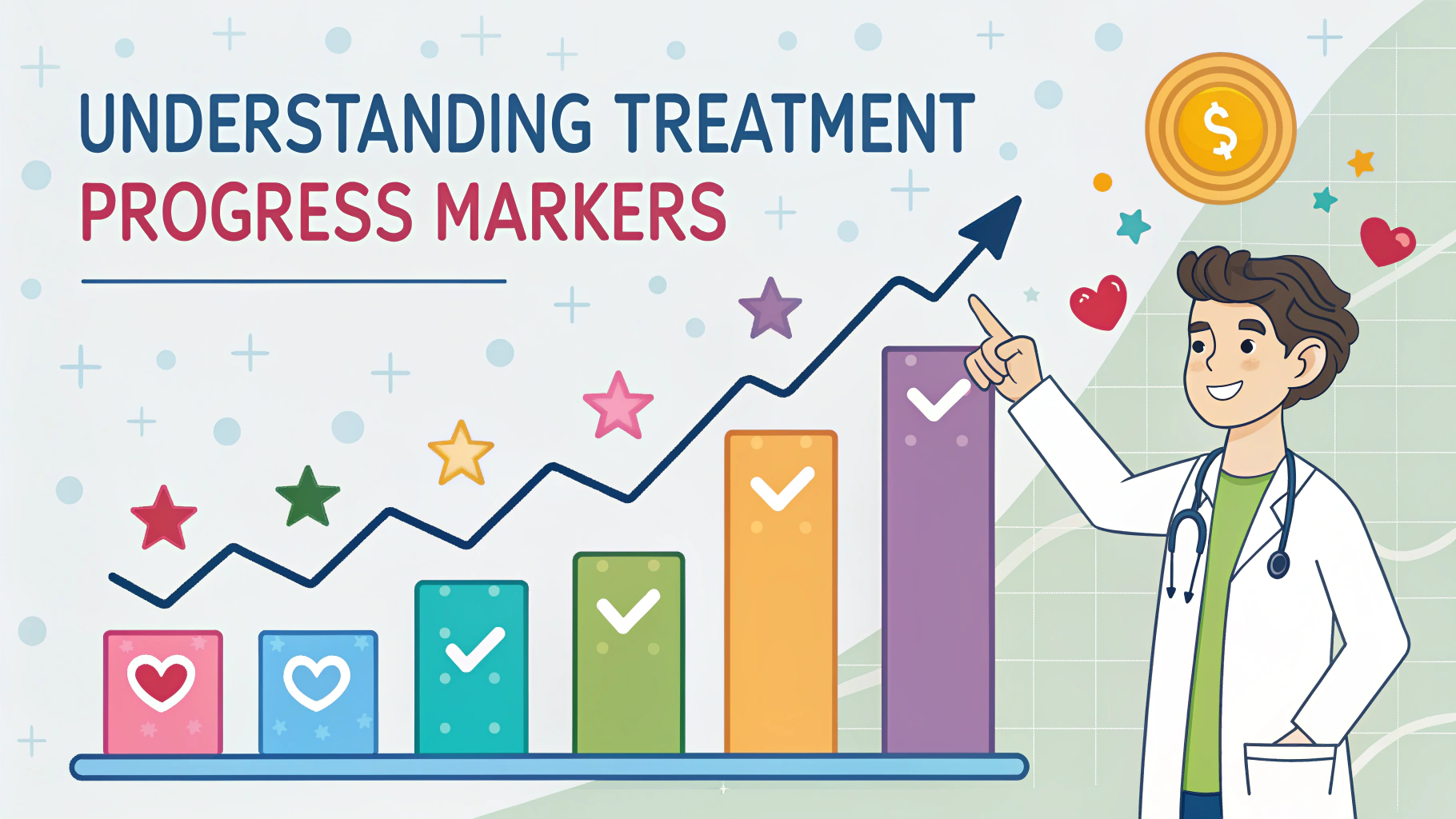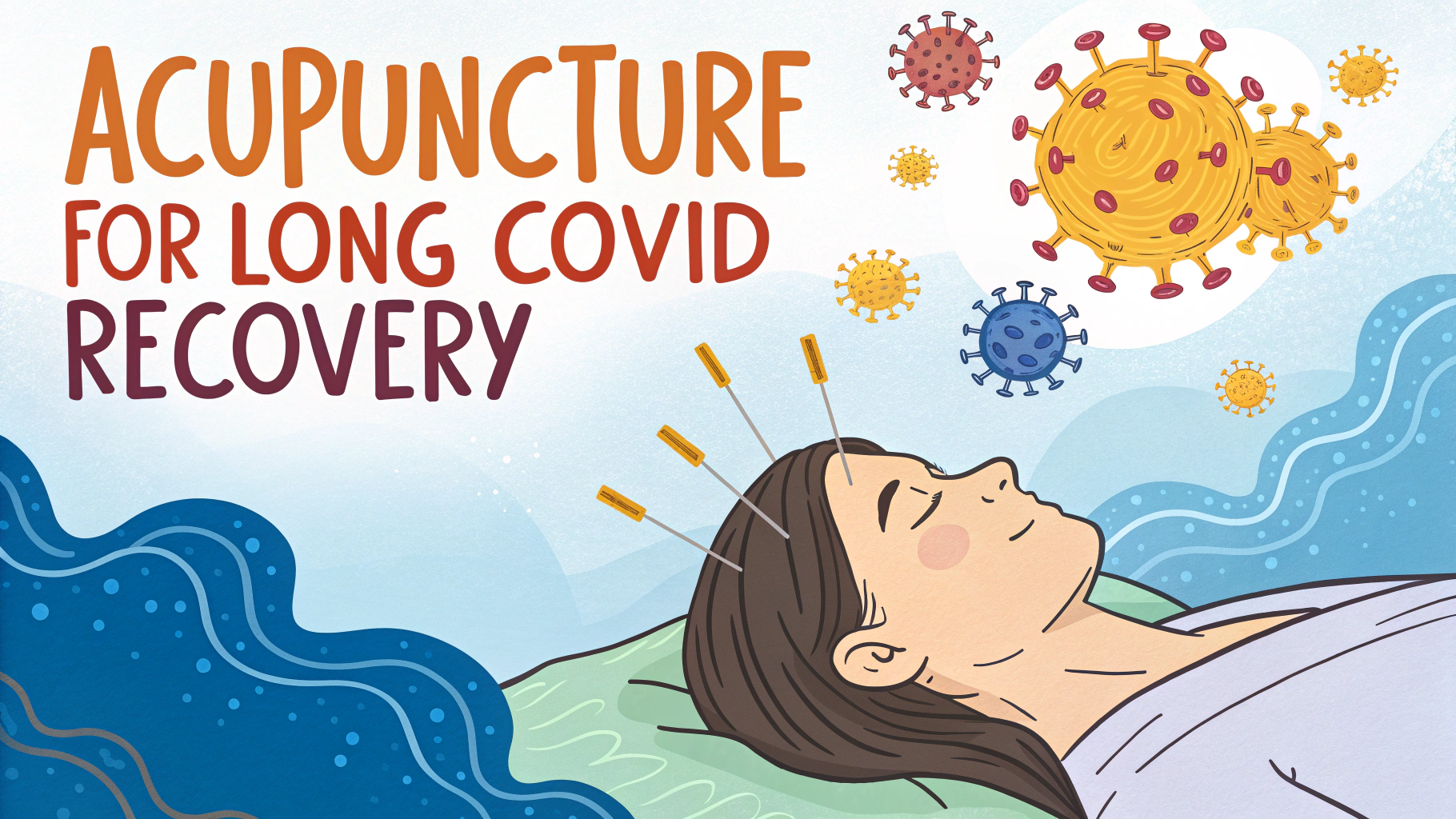Acupuncture point sensitivity, also known as “deqi” in Traditional Chinese Medicine (TCM), serves as a key indicator for practitioners to locate and treat specific areas during acupuncture sessions.
Understanding how and why certain points become sensitive helps patients better communicate with their practitioners and maximize the benefits of their treatments.
This guide explores the science behind point sensitivity, common sensitive areas, and what patients should expect during treatments.
What Makes Acupuncture Points Sensitive?
Acupuncture points often correspond to areas with high concentrations of nerve endings and blood vessels.
These points typically occur along fascial planes where connective tissue meets muscle.
- Increased electrical conductivity
- Higher density of nerve endings
- Enhanced blood circulation
- Concentrated mast cells
Common Sensitive Points
| Body Area | Point Name | Common Sensitivity Level |
|---|---|---|
| Lower Back | BL 23-26 | High |
| Shoulders | GB 21 | Medium-High |
| Hands | LI 4 | Medium |
Types of Sensitivity Sensations
Patients might experience different sensations during treatment:
- Mild tingling
- Slight pressure
- Warmth or cooling
- Dull ache
- Electrical sensation
When to Alert Your Practitioner
Contact your acupuncturist immediately if you experience:
- Sharp or severe pain
- Burning sensations
- Numbness lasting more than an hour
- Unusual swelling
Factors Affecting Point Sensitivity
- Time of day
- Stress levels
- Physical condition
- Previous injuries
- Current health status
Tips for Better Treatment Results
- Stay hydrated before and after treatment
- Wear loose, comfortable clothing
- Communicate clearly about sensations
- Avoid heavy meals before treatment
- Keep a sensitivity diary
Finding a Qualified Practitioner
Look for practitioners certified by the National Certification Commission for Acupuncture and Oriental Medicine (NCCAOM).
Contact information for certified practitioners: NCCAOM Directory
Next Steps in Your Acupuncture Journey
Schedule a consultation with a certified practitioner to discuss your specific needs and sensitivity patterns.
Document your experiences and sensations during treatments to help optimize future sessions.
Consider combining acupuncture with other complementary therapies for enhanced results.
Research and Scientific Studies
Modern research continues to validate traditional understanding of point sensitivity:
- MRI studies showing increased blood flow at common points
- Electrical conductivity measurements at traditional locations
- Histological analysis of tissue composition at sensitive points
- Clinical trials measuring treatment efficacy based on point sensitivity
Preparing for Your Sessions
Before Treatment
- Get adequate rest
- Maintain regular meals
- Avoid caffeine and alcohol
- Wear appropriate clothing
After Treatment
- Rest for 1-2 hours
- Stay hydrated
- Avoid strenuous activity
- Monitor body responses
Integration with Other Therapies
Acupuncture point sensitivity can be enhanced when combined with:
- Massage therapy
- Physical therapy
- Herbal medicine
- Mind-body practices
Maximizing Your Acupuncture Experience
Understanding point sensitivity is crucial for treatment success:
- Listen to your body’s responses
- Maintain open communication with your practitioner
- Track your progress systematically
- Be patient with the healing process
- Trust in the traditional wisdom while embracing modern validation
Moving Forward with Informed Treatment
Success in acupuncture therapy relies on understanding your body’s unique responses to treatment and maintaining consistent communication with your practitioner.
Regular documentation of sensitivity patterns helps optimize future treatments and supports long-term healing goals.
Remember that point sensitivity is a natural guide in your healing journey, offering valuable feedback for both you and your practitioner.
FAQs
- Why do some acupuncture points feel more sensitive than others?
Acupuncture points can become more sensitive due to underlying health conditions, energy blockages, or heightened nerve sensitivity in specific areas. Points that correspond to active health issues often display increased tenderness. - Is it normal to feel pain during acupuncture point palpation?
Mild to moderate sensitivity during point palpation is normal, especially at active trigger points. However, extreme pain is not typical and should be communicated to your practitioner immediately. - How does point sensitivity help in diagnosis?
Point sensitivity serves as a diagnostic tool in Traditional Chinese Medicine (TCM), as tender points often indicate areas of qi stagnation or underlying health issues in corresponding organ systems. - Can point sensitivity change during a course of treatment?
Yes, point sensitivity typically decreases as treatment progresses and the underlying condition improves. This change in sensitivity is often used as a marker for treatment effectiveness. - What makes certain acupuncture points more reactive than others?
Points can become more reactive due to their anatomical location near nerve clusters, muscle tension, inflammation, or energetic imbalances in corresponding meridians. - Does increased point sensitivity mean the treatment will be more effective?
Not necessarily. While sensitive points often indicate areas needing treatment, the effectiveness depends on proper point selection and overall treatment strategy rather than sensitivity levels alone. - How long does point sensitivity typically last after treatment?
Post-treatment sensitivity usually subsides within 24-48 hours. Prolonged sensitivity might indicate a strong treatment response or the need to adjust treatment intensity. - Can weather or environmental factors affect point sensitivity?
Yes, factors like barometric pressure changes, temperature, humidity, and seasonal changes can influence point sensitivity, particularly in patients with chronic conditions. - Should I avoid touching sensitive acupuncture points between treatments?
Light self-massage of sensitive points is generally safe, but aggressive manipulation should be avoided. Always follow your practitioner’s specific recommendations for point care between sessions. - What’s the relationship between point sensitivity and treatment frequency?
Regular treatments often lead to decreased point sensitivity over time. The frequency of treatments should be adjusted based on individual response and sensitivity patterns.

